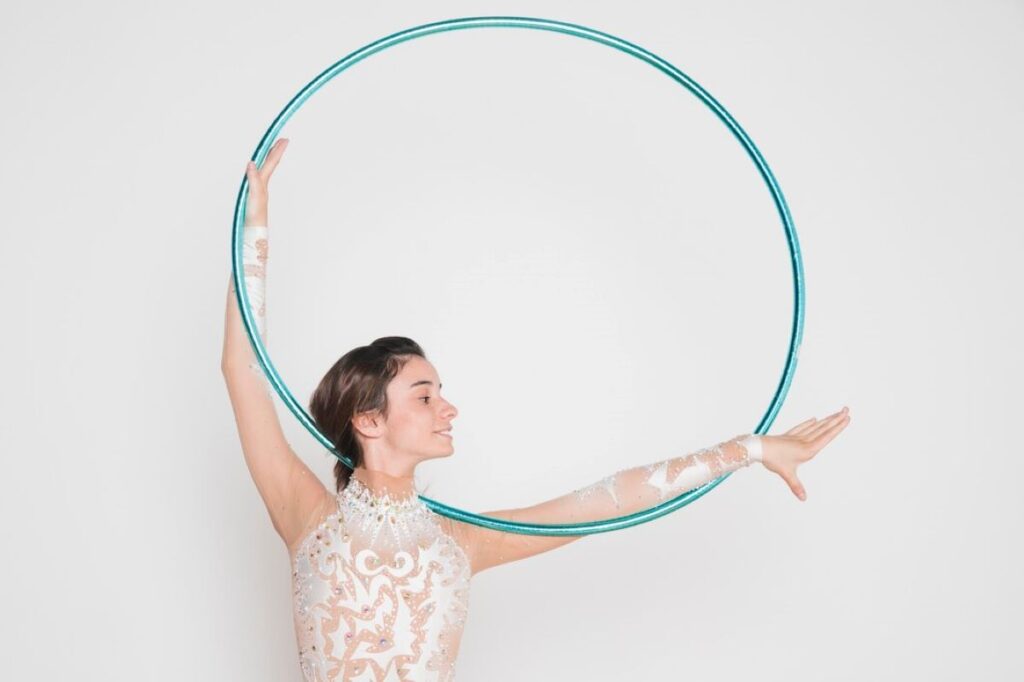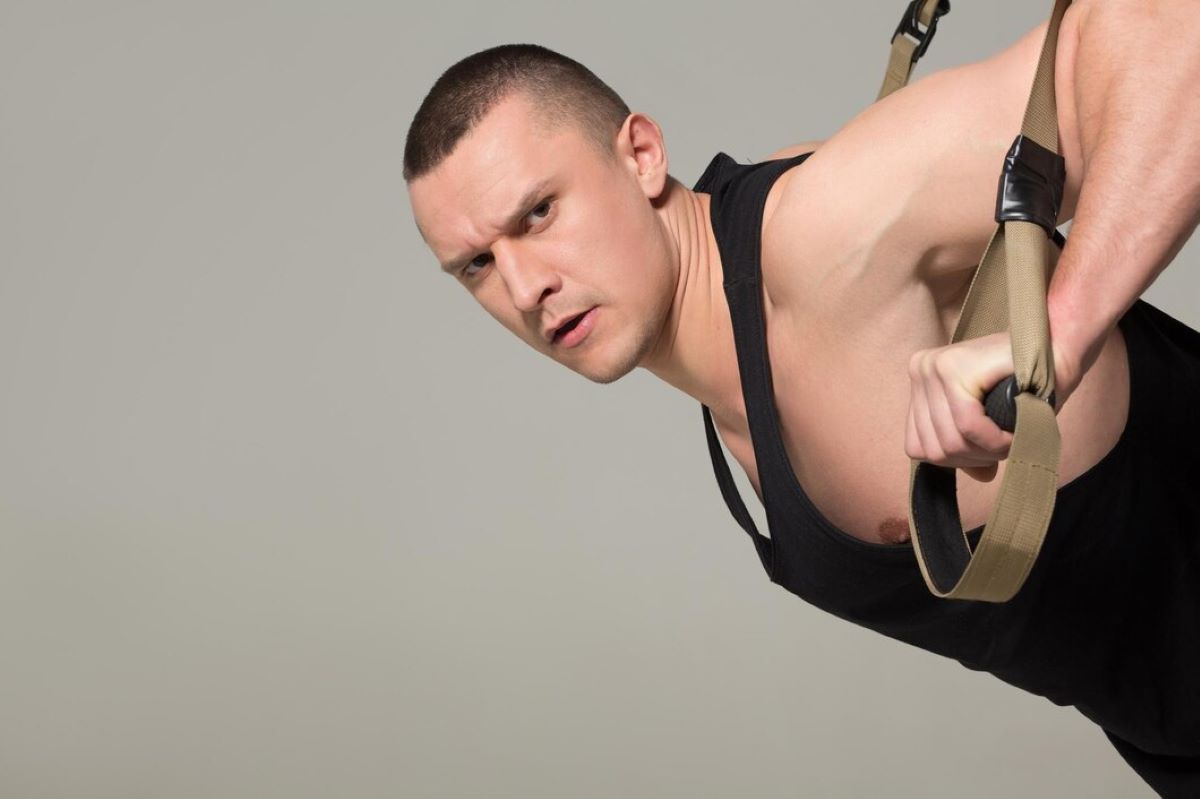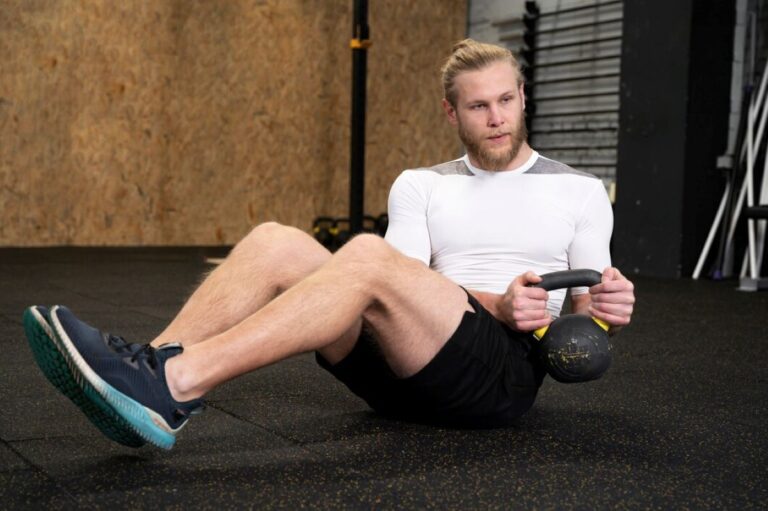How to Use the Pilates Ring (Magic Circle) for Toning and Strength
The Pilates Ring, often referred to as the Magic Circle, is a versatile piece of equipment that has gained popularity in fitness studios and homes alike. Its unique design allows for a variety of exercises that can enhance strength, flexibility, and overall body tone. This article explores how to effectively use the Pilates Ring to achieve your fitness goals, focusing on techniques that promote toning and strength.
Understanding the Pilates Ring
The Pilates Rings are flexible, circular device made of plastic or metal, typically with padded grips on either side. It was originally designed by Joseph Pilates to help practitioners engage their muscles more effectively during workouts. The resistance provided by the ring can intensify exercises, making them more challenging and beneficial. This ingenious tool has evolved over the years, becoming a staple in many Pilates studios and home fitness routines alike, as it allows for a versatile range of exercises that can target various muscle groups.
Beyond its physical design, the Pilates Ring embodies the principles of Pilates itself, which emphasises control, precision, and breath. When using the ring, practitioners are encouraged to focus on their movements, fostering a deeper mind-body connection. This not only enhances the effectiveness of the workout but also contributes to a more mindful approach to fitness, which can be particularly beneficial in today’s fast-paced world.
Benefits of Using the Pilates Ring
Incorporating the Pilates Ring into your routine offers numerous advantages. Firstly, it enhances muscle engagement by providing resistance, which can lead to improved muscle tone. Secondly, it promotes better posture by encouraging proper alignment during exercises. Lastly, the ring is lightweight and portable, making it an excellent option for home workouts or when travelling. Additionally, the versatility of the Pilates Ring allows it to be integrated into a wide variety of exercises, from upper body strength training to lower body toning, making it suitable for individuals of all fitness levels.
Moreover, the Pilates Ring can also aid in rehabilitation and injury prevention. By using the ring to perform gentle resistance exercises, individuals recovering from injuries can gradually rebuild strength without putting undue stress on their bodies. This adaptability makes the Pilates Ring not only a tool for fitness enthusiasts but also a valuable asset for those seeking to maintain their physical health and well-being.
How the Pilates Ring Works
The resistance created by the Pilates Ring forces the muscles to work harder than they would during traditional exercises. This added challenge can lead to increased strength and endurance over time. The ring can also be used to assist with various movements, providing support and stability, particularly for beginners or those recovering from injuries. By incorporating the ring into exercises like leg lifts or chest presses, users can experience a heightened sense of engagement in their core and stabilising muscles, which are crucial for overall functional fitness.
Furthermore, the Pilates Ring encourages a full range of motion, allowing practitioners to explore their flexibility and mobility. As individuals push against the resistance of the ring, they are prompted to maintain control and precision, which can enhance their overall performance in other physical activities. This emphasis on controlled movement not only maximises the effectiveness of each exercise but also reduces the risk of injury, making the Pilates Ring a smart addition to any fitness regimen.
Getting Started with the Pilates Ring
Before diving into exercises, it’s crucial to familiarise yourself with the Pilates Ring. Ensure that the ring is in good condition, with no cracks or breaks that could compromise its integrity during use. Here are some tips for getting started:
Choosing the Right Ring
When selecting a Pilates Ring, consider the material and resistance level. Some rings are firmer, while others offer more flexibility. Beginners may benefit from a softer ring that provides less resistance, allowing for a smoother introduction to the exercises. As strength increases, transitioning to a firmer ring can enhance the workout.
Proper Form and Alignment
Maintaining proper form is essential when using the Pilates Ring. This not only maximises the effectiveness of the exercises but also reduces the risk of injury. Focus on engaging your core, aligning your spine, and keeping your shoulders relaxed. It may be helpful to practice in front of a mirror to monitor your alignment.

Essential Exercises with the Pilates Ring
There are numerous exercises that can be performed with the Pilates Ring, each targeting different muscle groups. Below are some essential exercises that can help tone and strengthen the body.
1. Inner Thigh Squeeze
This exercise primarily targets the inner thigh muscles, promoting strength and definition.
- Begin by lying on your back with your knees bent and feet flat on the floor.
- Place the Pilates Ring between your knees, ensuring it is centred.
- Engage your core and gently squeeze the ring, holding for a count of three.
- Release the squeeze slowly and repeat for 10-15 repetitions.
As you become more comfortable, increase the number of repetitions or hold the squeeze for longer periods to intensify the exercise.
2. Chest Press
The chest press exercise targets the upper body, particularly the chest, shoulders, and triceps.
- Start by sitting or standing with the ring held in front of your chest, arms bent at 90 degrees.
- Press the ring forward, extending your arms while maintaining a strong core.
- Return to the starting position and repeat for 10-15 repetitions.
This exercise can be modified by adjusting the position of the ring or the angle of the press to target different muscle groups.
3. Abdominal Crunch
Engaging the core is essential for overall strength, and the abdominal crunch with the Pilates Ring is an effective way to achieve this.
- Lie on your back with your knees bent and feet flat on the floor, holding the ring above your head with both hands.
- As you lift your shoulders off the mat, bring the ring towards your knees, engaging your abdominal muscles.
- Lower back down and repeat for 10-15 repetitions.
This exercise not only targets the abdominals but also works the arms and shoulders, providing a full-body challenge. You may like to visit https://www.betterhealth.vic.gov.au/health/healthyliving/weight-and-muscle-gain to get more about weight and muscle gain.
Incorporating the Pilates Ring into Your Routine
To maximise the benefits of the Pilates Ring, it is essential to incorporate it into a well-rounded fitness routine. Here are some strategies for doing so:
Creating a Balanced Workout Plan
When designing a workout plan, include a mix of strength training, flexibility exercises, and cardiovascular activities. The Pilates Ring can be seamlessly integrated into strength training sessions, enhancing traditional exercises and adding variety to your routine. Aim for at least two to three sessions per week, focusing on different muscle groups each time. Check out more about the Best Pilates Ring Exercises for Beginners and Pros
Combining with Other Pilates Exercises
The Pilates Ring works well in conjunction with other Pilates movements. Incorporating exercises such as the Hundred, Roll-Up, and Teaser can create a comprehensive workout that targets multiple areas of the body. This combination not only improves strength but also enhances flexibility and coordination.

Safety Considerations
While the Pilates Ring is generally safe for most individuals, there are a few considerations to keep in mind to ensure a safe workout experience.
Listen to Your Body
Pay attention to how your body feels during exercises. If you experience pain or discomfort, stop the exercise and reassess your form. It may be beneficial to consult a fitness professional or a physiotherapist, especially if you are new to Pilates or have existing injuries.
Gradual Progression
As with any fitness routine, it’s important to progress gradually. Start with basic exercises and build up to more challenging movements as your strength and confidence increase. This approach not only prevents injury but also ensures that you are effectively engaging the targeted muscles.
Conclusion
The Pilates Ring is a powerful tool for anyone looking to enhance their fitness routine. By incorporating this versatile piece of equipment into workouts, individuals can achieve improved muscle tone, strength, and overall body awareness. With a variety of exercises available, the Pilates Ring can be tailored to suit all fitness levels, making it an excellent addition to any home gym or studio setting.
Whether you are a seasoned Pilates practitioner or just beginning your fitness journey, the Pilates Ring offers a unique way to challenge your body and achieve your goals. Remember to focus on form, listen to your body, and enjoy the journey towards a stronger, more toned physique.


